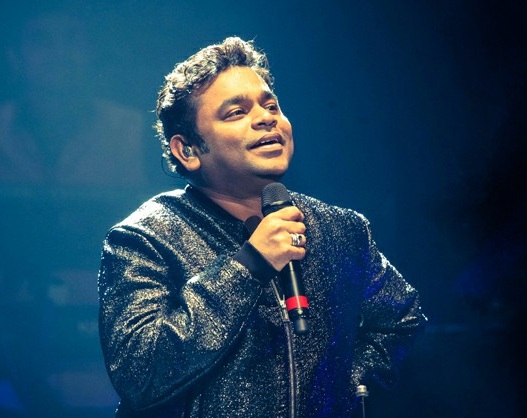By Pranav Jain
Pranav Jain is an incoming civil servant and also a columnist.
There was a time when I thought I liked music. Just music for its own sake, the way Schopenhauer imagined. Music for me was indistinguishable from background noise. It could verily be anything – the kind that played on FM during car rides, or the kind that played at birthday parties. For a long, long time, music was enjoyable the way a samosa is – you like it while it lasts, and then you conveniently forget.
Then one day, I heard my parents’ music cassette of Roja. Specifically, I heard Dil Hai Chota Sa (Chinna Chinna Aasai) from Roja. It felt like someone had taken a sliver of dawn and threaded it through a musical instrument. There was a delicate splash of flute, and then Chitra’s voice which was half-song, half-incantation. I did not know that music could feel this way. It felt like watching the sunflower unfurl in the morning. And just like that, the default settings of my musical world were reconfigured.
Plenty of music is good, from Boney M to RD Burman and beyond. But Rahman’s compositions were something more, they were an embodiment of emotion itself. And once I started living inside his architecture, the rest of the music felt like IKEA furniture next to Rahman’s hand-carved rangoon teak.

Where other composers laid out straight-line tracks, Rahman’s songs were complex and textured. Listen to Nahin Saamne Tu from Taal: just a gentle drone and a keyboard section. But you are instantly suspended midair, somewhere between love and sorrow. More than just empathising with Akshay Khanna and Aishwarya Rai’s romance, the song compels you to fall in love and have your heart broken over and over again. It embodies wistfulness and silent ache like no other.
Yeh Jo Des Hai Tera (Swades) begins like a lullaby and becomes a homecoming. There is no jingoism or bombast, just quiet patriotism soaked in Pt. Bismillah Khan’s shehnai. And then there’s Tamasha’s Agar Tum Saath Ho. It would be wrong to simply characterize it as a breakup song. The music stumbles deliberately, and Arijit’s bard-like voice becomes a sutradhar, while Alka Yagnik sings with disarming softness that is almost motherly. The song is emotionally misaligned and that dissonance destroys you from within.
People often say that Rahman is not catchy enough and that you have to listen to his songs ten times before you ‘get it’. They are not wrong, but what they call a flaw, I call a relationship. His songs unfold and reward patience. However, by the time I entered college, this had become a problem.
Everyone else was vibing to Yo Yo Honey Singh and Neha Kakkar. Every second track had a Punjabi hook and lyrics that sounded like WhatsApp forwards. I tried and I tried, but everything sounded loud and flat and fast in front of Rahman’s dance numbers from Rang De Basanti. I too wanted to have fun, but I couldn’t. I don’t say this from a perch of snobbery, but my ears had tasted nuance. It was not just a question of taste but of depth, which was missing in musical junk food.
There are exceptions, of course. Some of Harris Jayaraj’s early work scratches that same itch, and Amit Trivedi and Sneha Khanwalkar came pretty close with Lootera and Gangs of Wasseypur, respectively. But the majority of what plays now is designed for speed and disposal. Of course, I am not asking every composer to be Rahman. That would be impossible. I just want music to aspire to his level of sincerity and to mean something more than Tanishk Bagchi’s algorithmic songs.
Sadly, even Rahman is not Rahman anymore. His post-2010 work has dulled. But when he returns, when that old genius flickers, you feel the air shift again. Like in Tum Tak (Raanjhanaa) or Vida Karo (Chamkila). Both tracks feel like meditation. One on unrequited love and the other on an incomplete life.
People say Rahman changed the sound of Indian cinema and that he won the Oscar. For me, neither really matters. He did something harder – he taught me to listen. And that is why I will always keep returning to Dheeme Dheeme (Zubeidaa), O’ Humdum Suniyo Re (Saathiya), Kehna Hi Kya (Bombay), Naadan Parindey (Rockstar), and Sasural Genda Phool (Delhi-6).
